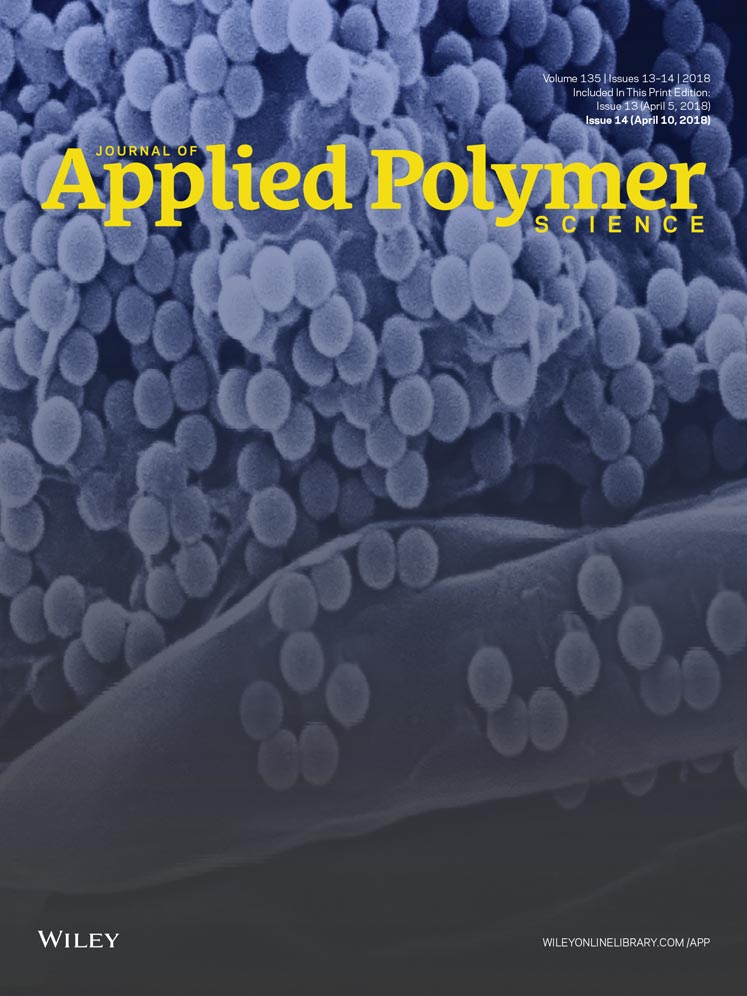Ionic liquid mediated surface micropatterning of polymer blends
ABSTRACT
A polymer of intrinsic porosity (i.e., PIM-1) has been blended with different ionic liquids (ILs) in order to evaluate the effect of the ILs on the microstructure of the polymer blend. [C8MIM][Cl], [BMIM][DCa], [BMPyr][DCa], and [BMIM][Tf2N] have been selected and were mixed with PIM-1. Polymer blends containing up to 80 wt % of ILs were prepared by a casting method with chloroform as solvent. SEM images show that during the film formation a structuring of the surface appears depending on the nature and the concentration of ILs, with appearance of well-defined microstructure in the case of [BMIM][Tf2N] and [BMIM][DCa]. In the case of [BMIM][Tf2N]/PIM-1 film, the lower IL concentration induces the denser film with small micropatterns onto the surface. AFM analysis indicates that the ILs are well dispersed on the surface. X-ray photoelectron spectroscopy, Fourier transform infrared spectroscopy, and water contact angle measurements show that a gradient of IL concentration is observed across the film thickness. It is demonstrated that ILs are versatile co-solvents for inducing controlled micropatterns in polymer membrane surfaces. © 2017 Wiley Periodicals, Inc. J. Appl. Polym. Sci. 2018, 135, 46109.




